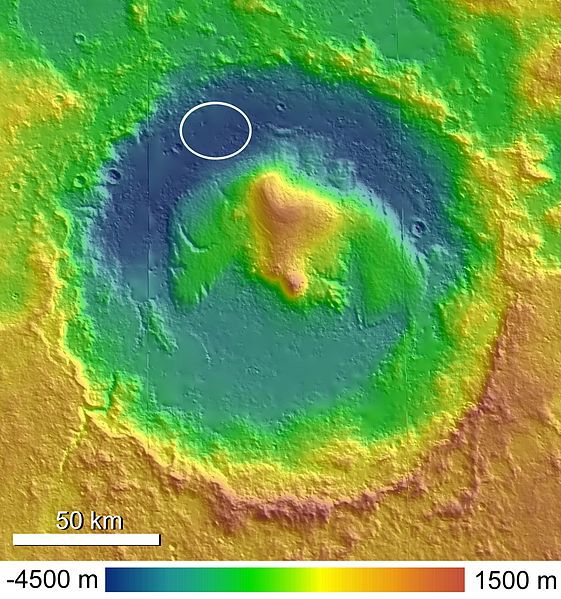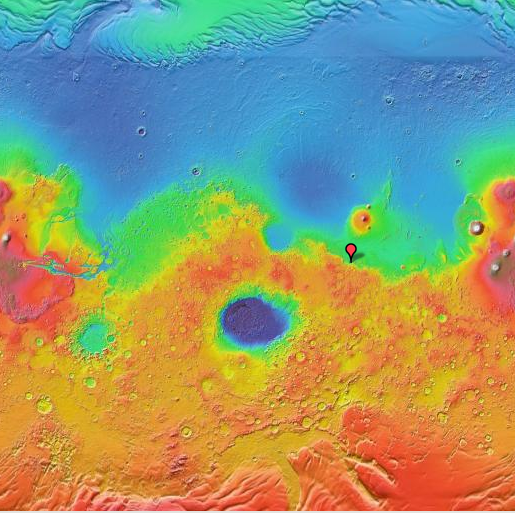What’s so special about Mars’ Gale crater?

In August of 2012, NASA's biggest, baddest, and most scientifically capable rover ever, Curiosity, will touch down on the surface of Mars.
But we wont be setting Curiosity down just anywhere; from a list of around 30  prospective locations, scientists have settled on Gale crater as the ideal landing site for the Mars Science Laboratory mission — a crater that Curiosity will subsequently explore for a minimum of one Martian year (or 697 Earth days) to assess whether Mars ever was, or is still today, an environment able to support microbial life. So what's so special about Gale crater? Let's find out.
prospective locations, scientists have settled on Gale crater as the ideal landing site for the Mars Science Laboratory mission — a crater that Curiosity will subsequently explore for a minimum of one Martian year (or 697 Earth days) to assess whether Mars ever was, or is still today, an environment able to support microbial life. So what's so special about Gale crater? Let's find out.
 Craters are commonly formed when a planet comes into violent contact with extra-planetary objects, and Gale crater is no exception; astronomers believe the crater was formed by an impact event somewhere in the neighborhood of 3.5—3.8 billion years ago.
Craters are commonly formed when a planet comes into violent contact with extra-planetary objects, and Gale crater is no exception; astronomers believe the crater was formed by an impact event somewhere in the neighborhood of 3.5—3.8 billion years ago.
Then again, so were plenty of the Red Planet's other craters. In fact, at first glance, there's not a whole lot about Gale that sets it apart from any other cavity in Mars' liberally pockmarked landscape. Sure, it's big — at 96 miles in diameter, the blemish occupies more of the planet's surface than Rhode Island and Connecticut would combined — but it's hardly the widest crater on Mars, and far from the deepest. But Gale's got some surprises up its sleeve that make it particularly attractive to scientists looking to address the question of whether Mars was ever habitable.
